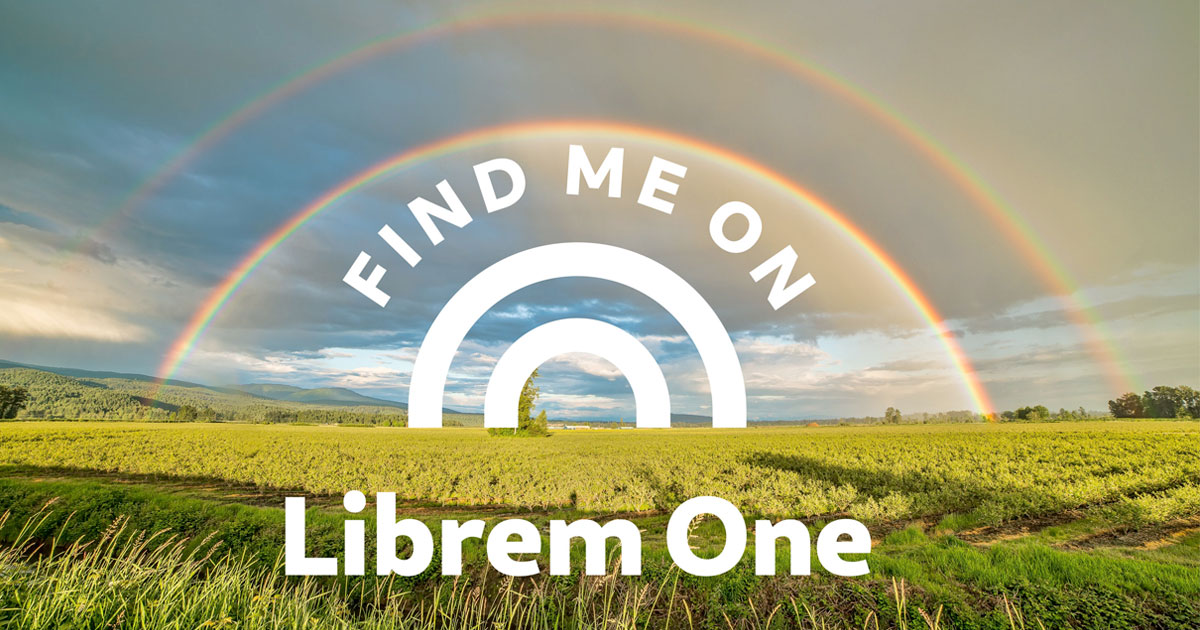For practical reasons, photos that you #ShotOnLibrem5 are processed into JPEGs with lower quality than what the camera can do. There are some (complex) ways in which this processing could be made faster and therefore cram more pixels and algorithms that make things prettier, but meanwhile...
Each photo you take is stored as both raw DNG and processed JPG - so you can go back to raw data and retroactively gain quality. See https://dosowisko.net/l5/photos/ for an example.
(cont.)
That said, you don't need huge powerful but complex tools like #darktable or #rawtherapee to make your photos look better. Imagine a simple to use app that lets you do basic stuff on the phone, like white balance or contrast correction, which could then take its time exporting at full res with all the heavy noise reduction algos without annoying the user while taking photos.
Does that sound like something you'd like to work on? 😁
#mobilelinux #linuxmobile #linuxsmartphones #librem5 #pinephone

@dos Amazing work!